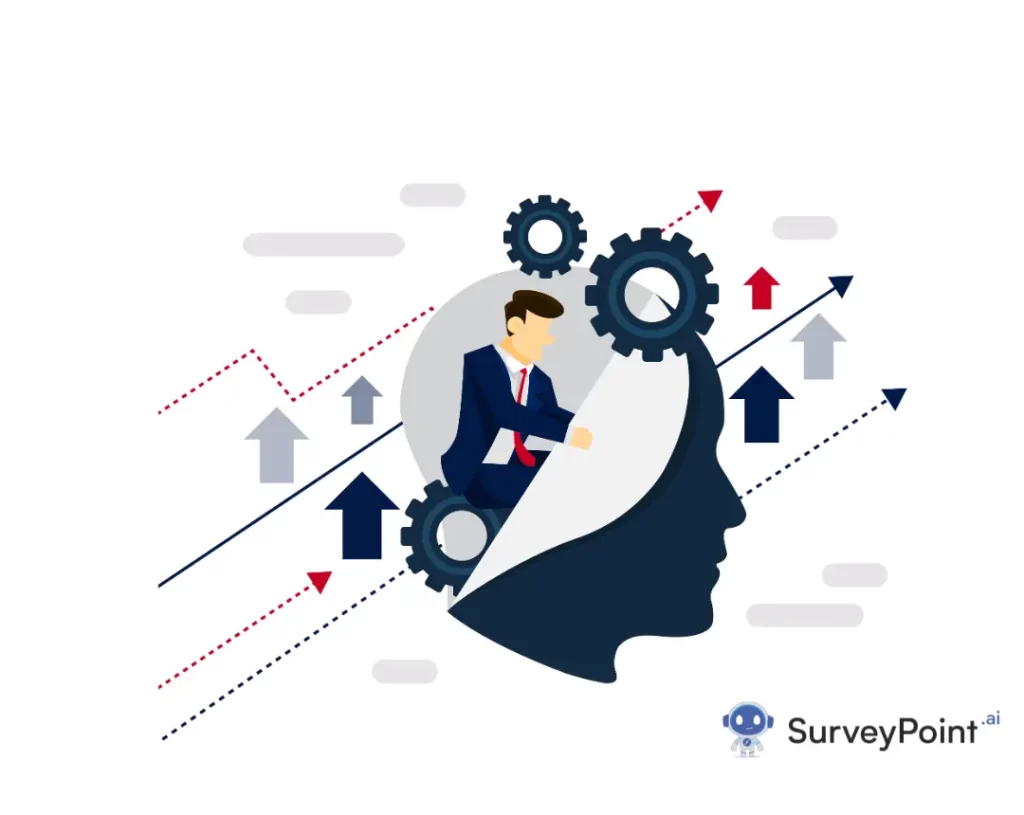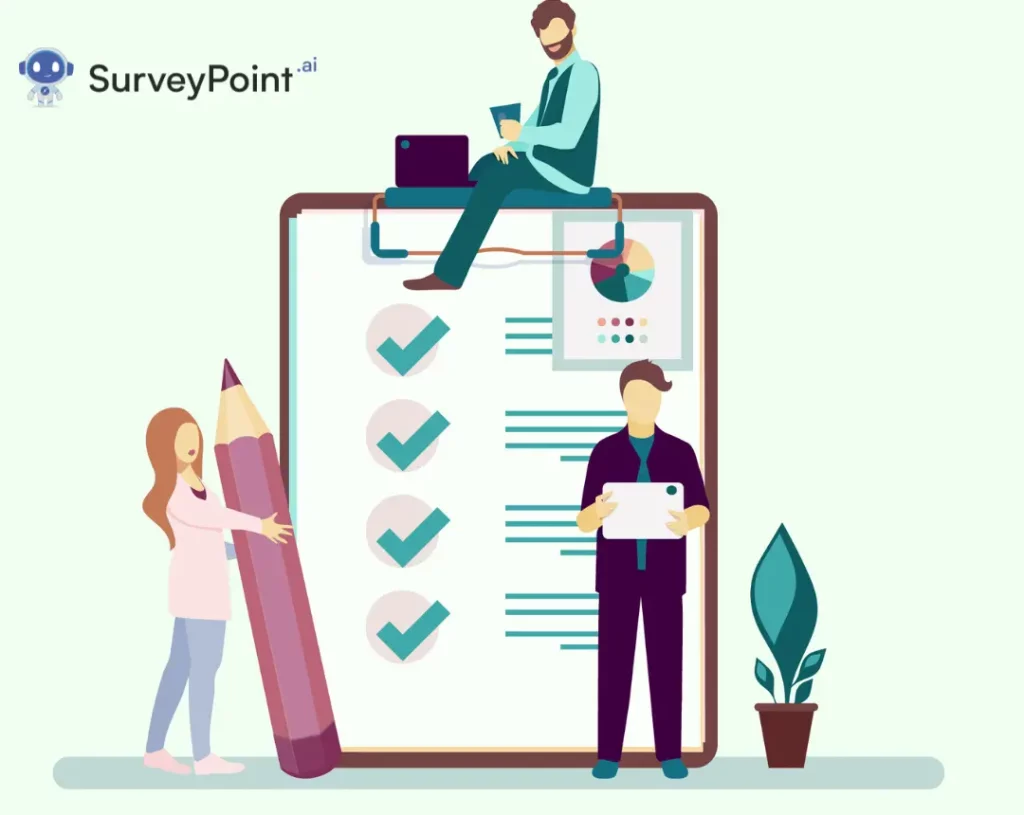
If you want to create a product that will sell well, you must have an intimate familiarity with your target demographic. While various tools are available to designers for gaining this insight, empathy maps stand out for its numerous benefits.
Creating empathy for their customers is a key skill for product teams, and empathy maps facilitate that development. Team members are encouraged to consider the user’s viewpoint and have a deeper appreciation for the user’s requirements.
By immersing yourself in the experiences of those you serve using an empathy map, you may unlock the potential for understanding and connection.
Learn about the inner workings that influence their experiences and decisions so you can tailor your solutions to their specific needs.
Why Is It Helpful To Make An Empathy Map?
A user’s habits and outlooks can be captured in a simple, easily understood picture called an empathy map. It’s a great tool for teams to get to know their customers better.
Building empathy for end customers is the goal of empathy mapping. A straightforward workshop activity that may be done with stakeholders, marketing and sales teams, product development teams, or creative teams. An empathy mapping session is an excellent way for teams to “get inside the heads” of people interacting with the final product or service.
Knowing both the nature of the issue and the individual going through it will help you develop a workable solution. Making the map forces participants to think about the experience from the user’s point of view, considering the user’s motivations and constraints.
RELATED: Emotional and Rational Branding: Two Sides of the Same Coin?
Map of Emotional Intelligence in Four Quadrants
The size and shape of empathy maps can vary. Here are the four sections that make up each given empathy map:
- Say – This includes the user’s feedback about the product. Ideally, this section would include user quotes captured during interviews or usability tests.
- Think – A product’s success hinges on understanding the user’s mental state during the interaction. What exactly is the user thinking about? The question that really counts is, what does the user care about?
- Feel – Under “Feel,” you’ll get details about how the user feels right now. What concerns do they have? As a user, what do you find most exciting? Just how does the user rate their time with you?
- Do – Which steps does the user actually take? Give some examples of what people were doing and how they were acting.
Pros of Using an Empathy Map
We’ve established that empathy maps are a powerful method for learning about the customer’s perspective and pinpointing places where service may be enhanced. A company’s empathy map serves a variety of critical functions, some of which are listed below.
Make Tedious Task Enjoyable
Having users who love utilizing your product or service is essential. When people aren’t satisfied, they move on to other options. As a manager, you should do all possible to avoid this, and the best way to do so is to provide satisfied customers.
With the help of an empathy map, you can easily identify problem areas in your customer service and focus your efforts there. They combine a usability test and a route plan into one convenient package by including surveys and lines of direct input.
Modifies Specifications to Be More Accurate
The topic of customer service has been central to our discussions regarding empathy mapping. Although customer experience (CX) is crucial to a company’s success, it merely reflects the quality of the product or service offered.
Therefore, empathy maps are a powerful tool for creating new products.
Easy and Quick
When it comes to customer experience, one of the major challenges is that it can be time-consuming and labor-intensive to uncover consumer pain points. It may be true in some testing situations, but moving the surveying and mapping to online platforms simplifies things.
Journey Mapping Is Not A Substitute for Empathy Mapping
As businesses shift their focus to their customers, so too has the number of studies conducted with them in mind. There is a wide variety of user experience mapping strategies available. Making and using customer journey maps can have many benefits for businesses.
Empathy mapping is not a replacement for such investments, but it is a faster and simpler way to get a clear picture of consumers’ feelings.
Unlike traditional maps, journey maps depict the whole experience and define everything a customer encounters, thinks, feels, and does as they interact with a brand. Insufficient for developing a whole user journey, empathy maps only show you what you need to know about your target user.
RELATED: Understanding Your Audience With A Customer Journey Map
How to Make Use of Completed Empathy Maps?
While creating an empathy map is a significant element of its value, completed maps can serve as valuable records of the work that went into developing the map.
If the product team members were unable to participate in the empathy map exercise, make sure to share the results with them. The most practical insights from the exercise may also be of interest to executive stakeholders. However, you should explain the bottom line up front and the explanation subsequently.
Ready To Future-Proof Your Business?
Sign-up for a FREE account and get a sneak peek into our intuitive survey dashboard panel.
Free Trial • No Payment Details Required • Cancel Anytime



